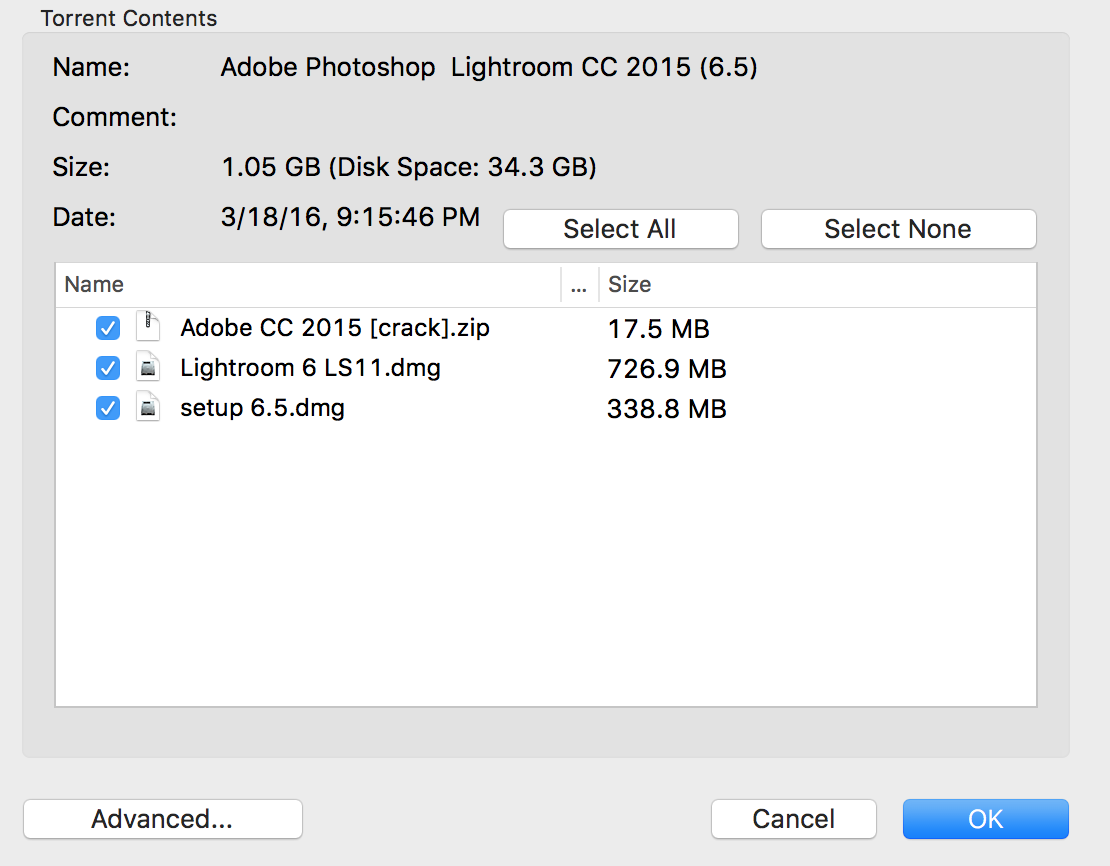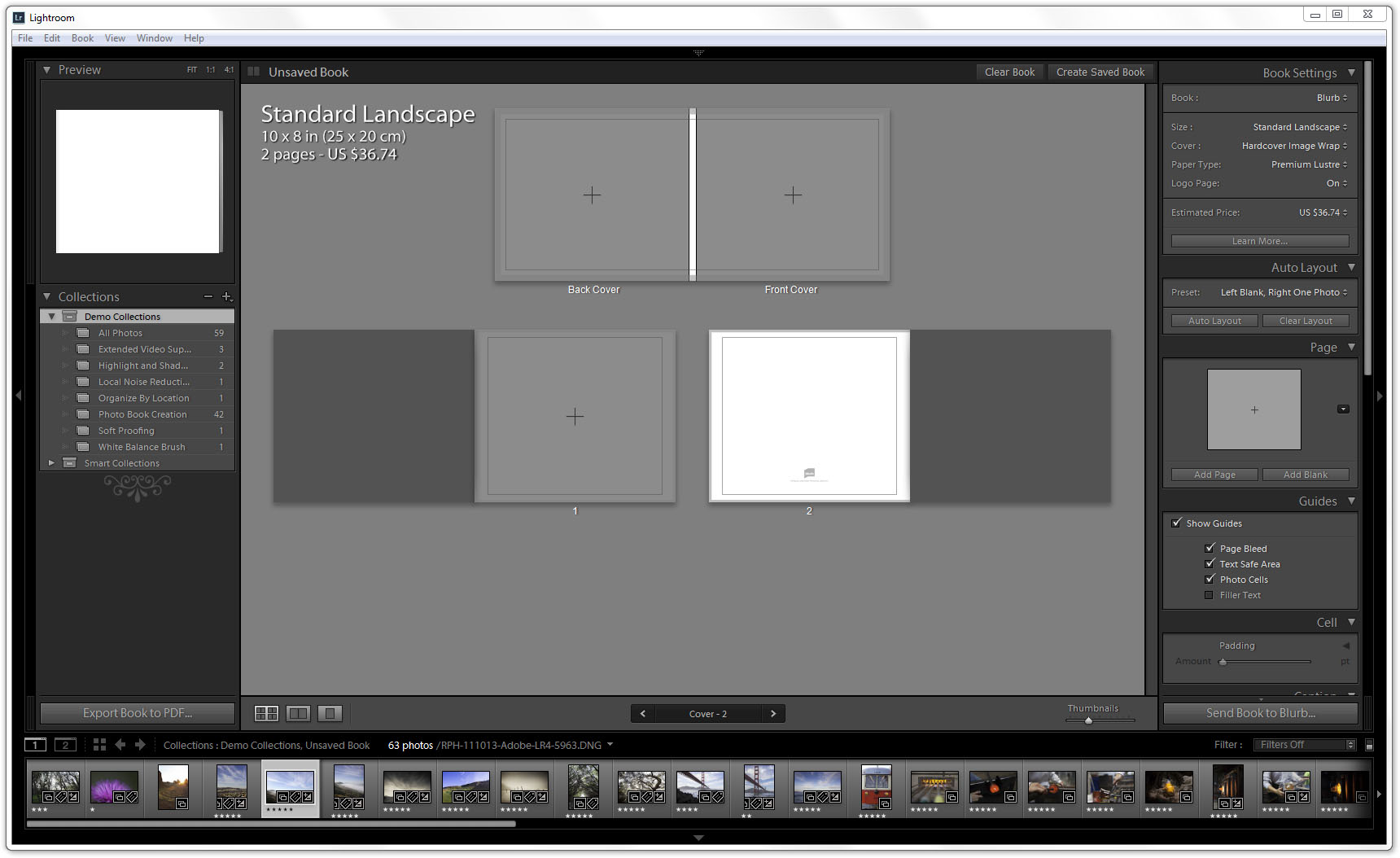


We propose a model in which heterodimerisa-tion of the BRI1 and SERK ectodomains brings their cytoplasmic kinase domains in a catalytically competent arrangement, an interaction that can be modulated by the BRI1 inhibitor protein BKI1. We identify a protein interaction surface on the C-terminal lobe of the kinase and demonstrate that the isolated BRI1, SERK2 and SERK3 cytoplasmic segments form homodi-mers in solution and have a weak tendency to heteromerise. The location of known genetic missense alleles provide detailed insight into the BRI1 kinase mechanism, while our analyses are inconsistent with a previously reported guanylate cyclase activity. Mapping previously identified serine/threonine and tyrosine phosphorylation sites onto the structure, we analyse their contribution to brassinosteroid signaling. Phosphorylation of Thr1039, Ser1042 and Ser1044 causes formation of a catalytically competent activation loop. BRI1 has structural features reminiscent of both serine/ threonine and tyrosine kinases, providing insight into the evolution of dual-specificity kinases in plants.

Here we report crystal structures of the BRI1 kinase domain in its activated form and in complex with nucleotides. Open Photoshop Lightroom, and type in your retail serial number when prompted.

In the Edit String dialog box, delete the serial number in the Value Data field. This process allows the cytoplasmic kinase domains of BRI1 and SERK to interact, trans-phosphorylate and activate each other. Double-click on the HKEYLOCALMACHINE > SOFTWARE > Adobe > Lightroom > 1.0 > Registration > serialnumber key in the right pane. Brassinosteroid binding to the BRI1 leucine-rich repeat (LRR) domain induces heteromerisation with a SOMATIC EMBRYOGENESIS RECEPTOR KINASE (SERK)-family co-receptor.


 0 kommentar(er)
0 kommentar(er)
